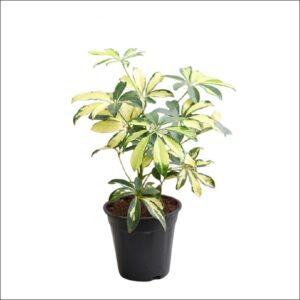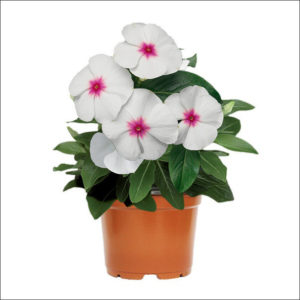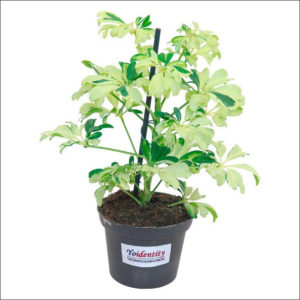Description
Ashwagandha – Withania Somnifera
Withania somnifera, known commonly as ashwagandha, Indian ginseng, poison gooseberry, or winter cherry, is a plant in the Solanaceae or nightshade family. Several other species in the genus Withania are morphologically similar. It is used as an herb in Ayurvedic medicine.
This species is a short annual shrub growing 35 to 75 centimeters tall. Tomentose branches extend radially from a central stem. The flowers are small and green. The ripe fruit is orange-red.
Cultivation
Withania somnifera is cultivated in many of the drier regions of India, such as Mandsaur District of Madhya Pradesh, Punjab, Sindh, Gujarat,and Rajasthan. It is also found in Nepal.
Pathology
Withania somnifera is prone to several pests and diseases. Leaf spot disease caused by Alternaria alternata is the most prevalent disease, which is most severe in the plains of Punjab, Haryana, and Himachal Pradesh. Biodeterioration of its pharmaceutically active components during leaf spot disease has been reported. The Choanephora cucurbitarum causes a stem and leaf rot of Withania somnifera. A treehopper, feeds on the apical portions of the stem, making them rough and woody in appearance and brown in colour. The apical leaves are shed and the plant gradually dies. The carmine red spider mite (Tetranychus urticae) is the most prevalent pest of the plant in India.
Medicinal Uses
The plant’s long, brown, tuberous roots are used for medicinal purposes.
In Ayurveda, the berries and leaves are applied externally to tumors, tubercular glands, carbuncles, and ulcers. The roots are used to prepare the herbal remedy ashwagandha, which has been traditionally used to treat various symptoms and conditions.
In two published clinical trials of W. somnifera, the side effects were not significantly different from those experienced by placebo-treated individuals. Ashwagandha exhibits greater clinical benefit than psychotherapy in mental health (anxiety level), concentration, fatigue, social functioning, vitality, and overall quality of life.
Multiple studies have shown positive effects in reducing physiological and psychological stress as well as restoring and increasing energy levels. More than one study had findings showing a significant improvement in both cardiovascular and respiratory endurance.






Reviews
There are no reviews yet.